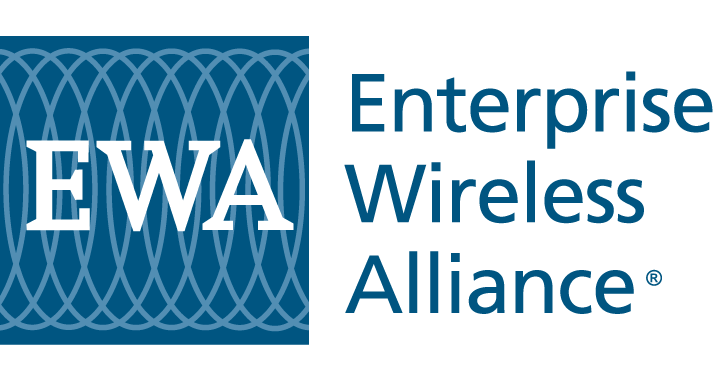TETRA - Let's Not Be Confused
EWA had no choice but to file a Second TETRA Clarification Request with the Commission on October 26th as the agency just seems to keep missing critical information in its Orders and, at least in EWA’s view, has provided inconsistent statements on how applicants may best license this technology. Unfortunately, one of the unintended consequences of EWA pursuing licensing clarity appears to have been raising the ire of the TETRA Association, which is evidently the organization representing the interests of TETRA manufacturers here in the United States. On November 8th, the TETRA Association filed a response to EWA’s second filing in this matter arguing that the Commission has already addressed all of the issues EWA keeps bringing up, and that EWA’s further request for clarification “does not warrant reconsideration.” If the Commission had not continued to release mixed signals in the first place, then EWA would have had no need to weigh in on multiple occasions.
It is not particularly relevant that the TETRA Association may seem to understand the required protocols, but it is more important that the Commission remove any confusion that it may be promoting within the industry by stating that licensing TETRA is identical to narrowbanding and that “prior coordination would not be required when the only change was to reflect the TETRA emission.” Migrating to TETRA is simply not the same as narrowbanding by any means. While there may be a new emission designator representing the TETRA technology on the license, there is no associated bandwidth reduction as TETRA requires 25 kHz channels, and TETRA must be deployed on exclusive use channels. The FCC’s efforts at clarification only make sense if a current licensee is already authorized a centralized trunked system at 450-512 MHz on 25 kHz channels, and every single channel in use has secured an FB8 exclusive use (no monitoring required) designation. That’s all we want the industry to understand, and such understanding is best achieved through a clear and concise FCC announcement.
And speaking of confusion, in its response to EWA’s recent filing, the TETRA Association added, “… it appears that EWA is attempting to impose a shared channel constraint on a part of the spectrum in which such a constraint is not required and not justified.” In response to that assertion, all we can say is “huh?”
